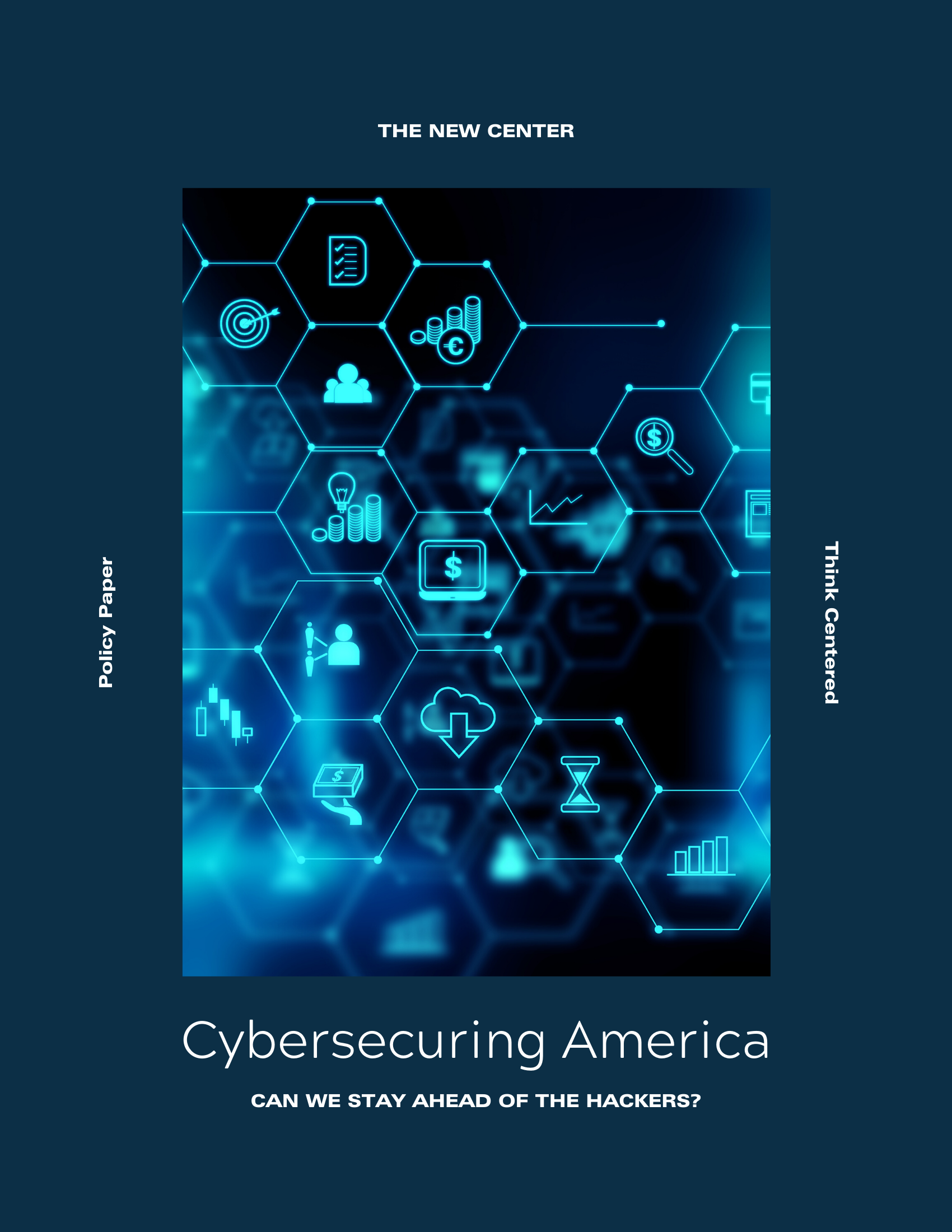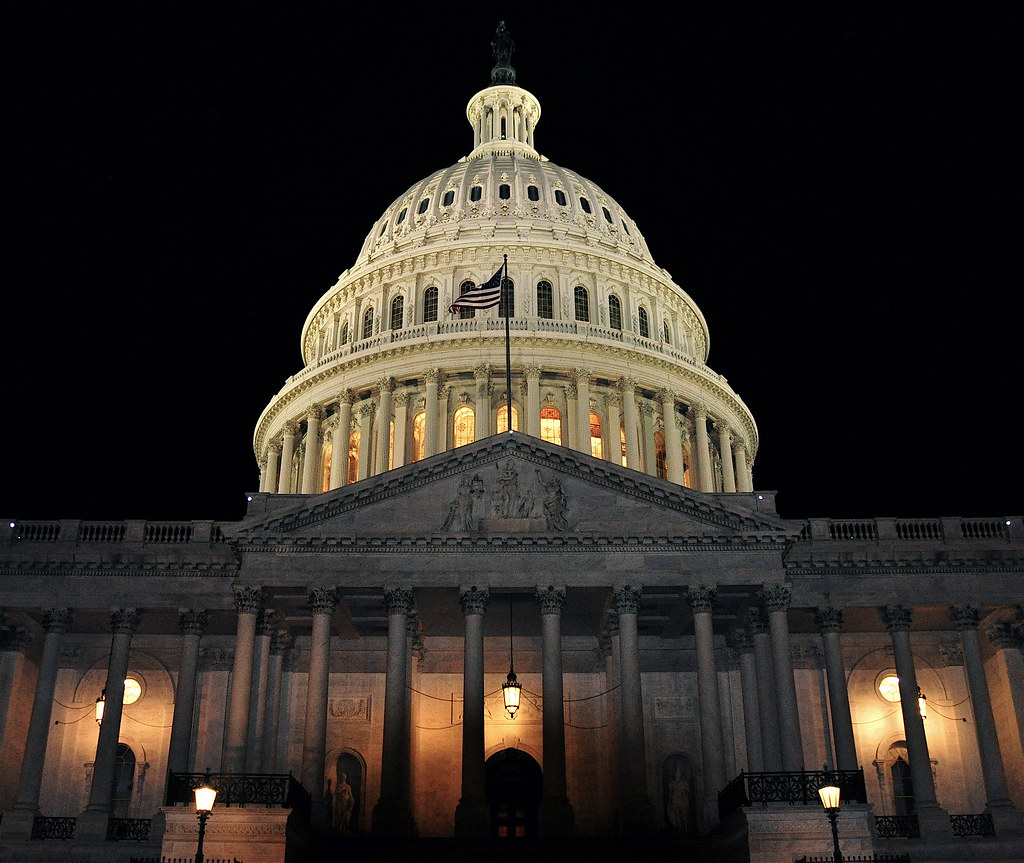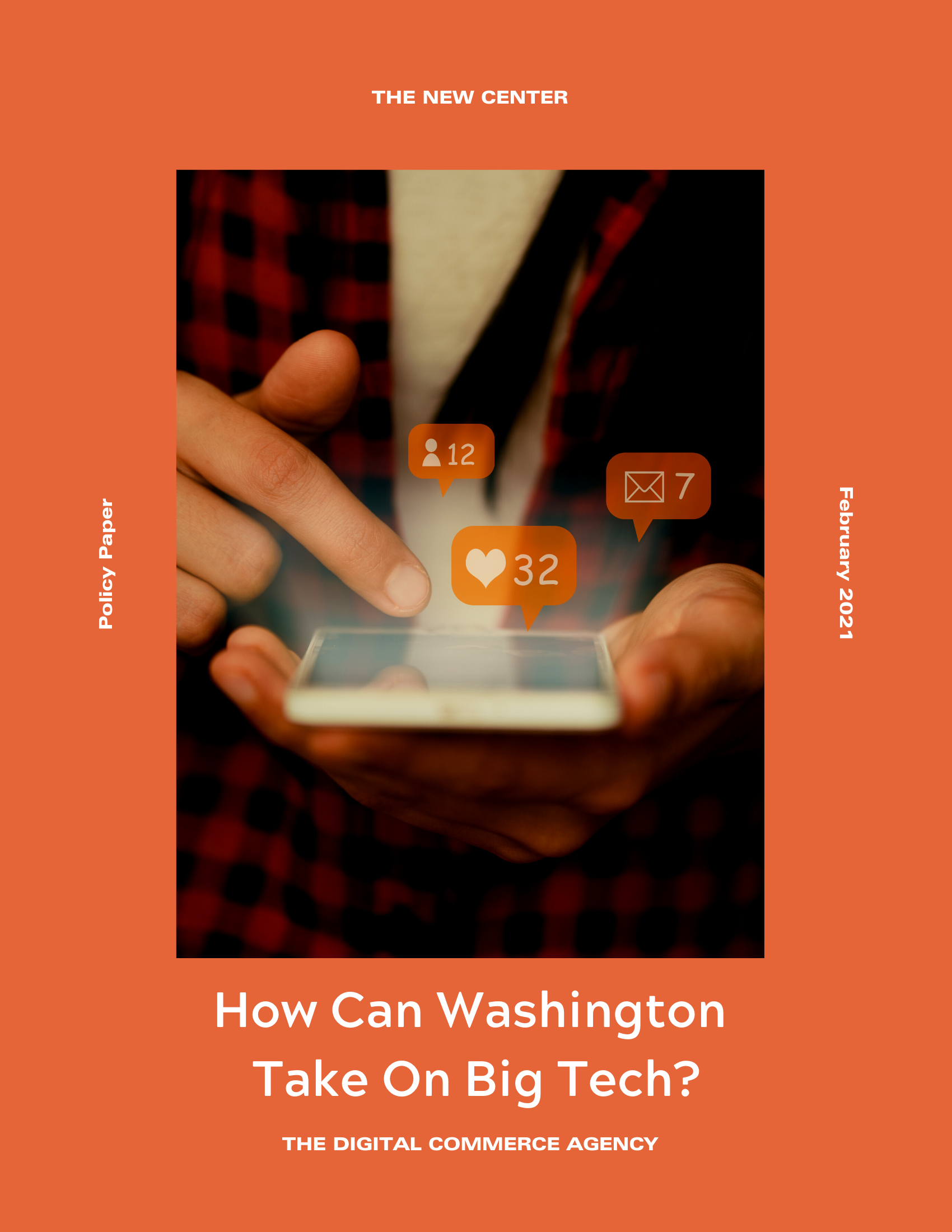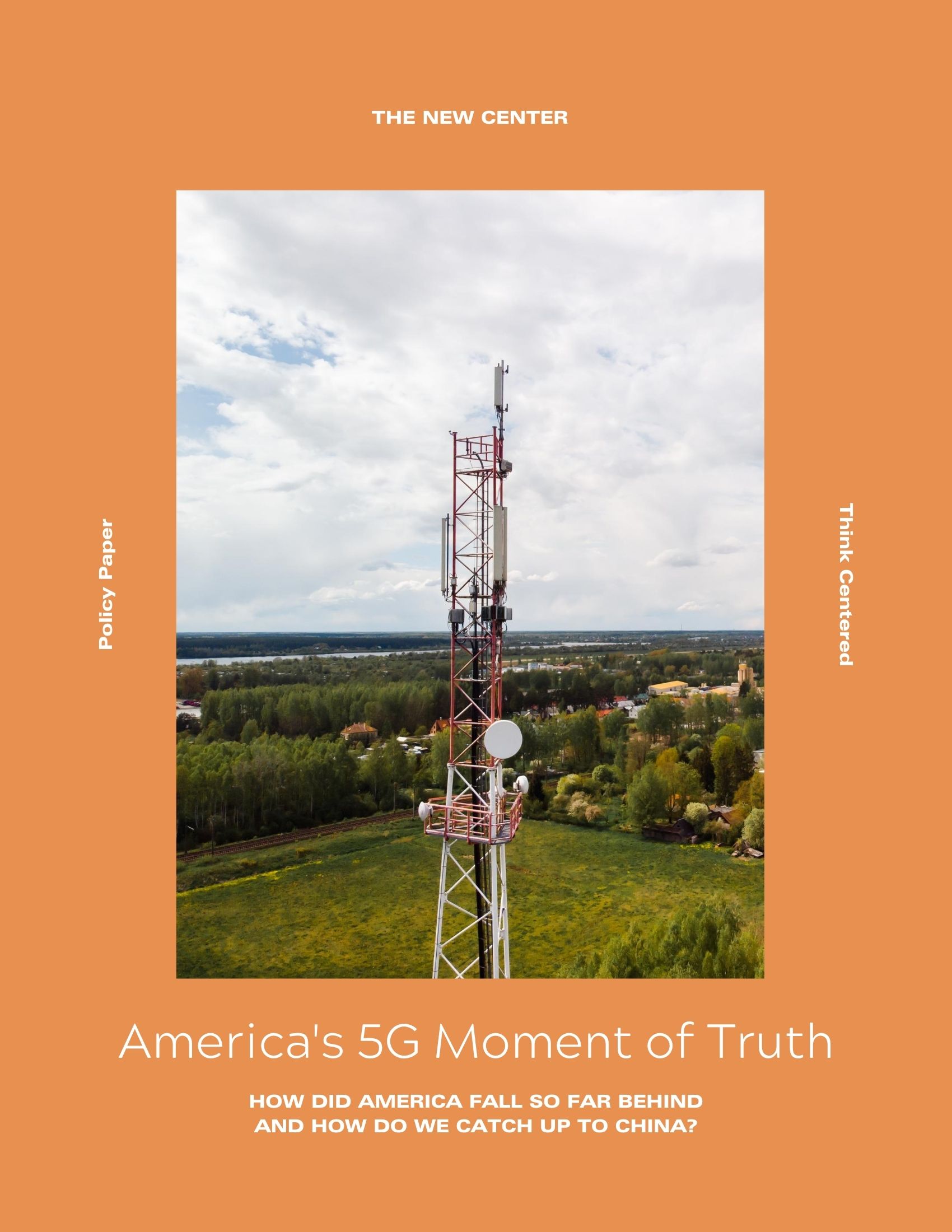Publications
Cybersecuring America
To deal with our country’s persistent cyber vulnerabilities, our leaders in Washington need to think creatively about solutions that both respect the private sector’s autonomy and offer a path toward cohesive cyber preparedness on all fronts.

OVERVIEW
Our Solutions In Brief

It’s time for us to step up as a nation. Americans from a young age should have access to classes that teach about the internet, networks, computers, and computer hygiene.

Introduced in 2019, the act would require the Office of Management and Budget (OMB) to ensure that federal employees understand the vulnerabilities of Internet of Things (IoT) devices like smart watches, home appliances, and cars.

The CDM model, which uses AWARE scores to compare cybersecurity levels among federal agencies, would be an excellent model for U.S. states. CISA could allow states to opt into a program in which CISA provides reviews and recommendations for states’ security. If it were equipped with significantly more funding and manpower, it could do the same with critical infrastructure entities.

Federal agencies should be prepared for how to get rid of their software before it goes out-of-date.

All workers accessing sensitive federal systems should be required to use two-factor authentication (2FA). Users with the most privileged access controls should be required to use 2FA with a physical key, a significantly more secure method than with SMS.

The U.S. should take a more active role in setting cybersecurity standards in the international space. If America doesn’t do it, another state will.
Facts At-A-Glance
-
 35,000
35,000information security incidents reported amongst federal executive branch agencies in 2017
-
 $600 billion per year
$600 billion per yearcost of cyberattacks to the global economy
-
 Malware
Malwarewas the most common type of cyber attack between 2018 and 2019




